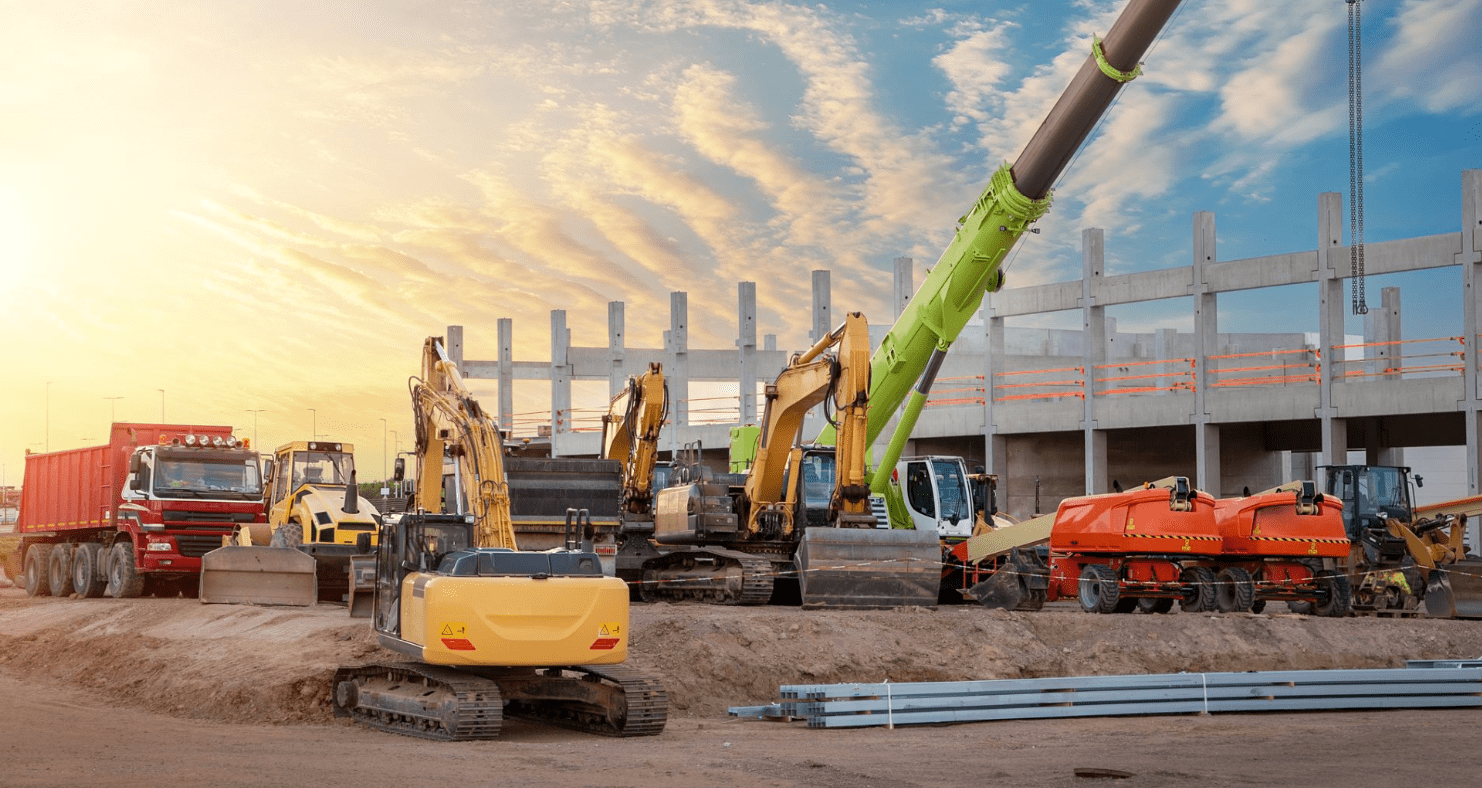Getting the right equipment can help your business grow, become more efficient, and meet customer demand. But buying equipment outright is not always possible or smart, especially when you’re trying to manage cash flow or invest in other areas of your business. This is where equipment finance becomes a valuable option.
Whether you’re looking to buy vehicles, machinery, or office technology, equipment finance allows you to access what you need without the heavy upfront cost. There are different types of finance options available—including lease agreements and hire purchase—each with their own benefits and risks.
Before signing any agreements, it’s important to ask the right questions to make sure you’re choosing the best option for your business needs. Below, we outline five key questions to ask before committing to equipment finance.
1. What Type of Equipment Finance Suits My Business?
The first question to consider is what kind of finance arrangement will work best for your business. The most common types include:
- Hire purchase: You make regular payments for a set period and take ownership of the asset once the final payment is made. It’s great if you want to eventually own the equipment without paying for it all upfront.
- Finance lease: You rent the equipment for a fixed term. At the end of the lease, you may be able to extend it, upgrade, or purchase the asset.
- Operating lease: Typically used for short-term needs or equipment that depreciates quickly. You return the asset at the end of the lease term.
- Chattel mortgage: A loan where you take ownership of the asset right away, but the lender holds it as security until the loan is repaid.
Each option has its pros and cons, and what suits one business may not suit another. Think about whether you want to eventually own the asset, how long you’ll need it, and how quickly it may become outdated.
2. How Will This Affect My Cash Flow?
Managing cash flow is one of the biggest concerns for any business. One of the main benefits of hire purchase is that it allows you to avoid large upfront payments, spreading the cost over time instead.
Still, you need to consider the monthly or quarterly repayments and how they will impact your cash flow. Will you be able to comfortably meet these payments, even during slower periods? Do you have other existing financial commitments that may affect your ability to repay?
If cash flow is a concern, you may also want to explore flexible options such as seasonal payment plans or structures that align with your revenue cycle. Planning ahead will help prevent financial stress later on.
3. What Are the Total Costs Involved?
It’s easy to focus on just the monthly repayment figure, but make sure you understand the total cost of the finance over the full term. This includes interest rates, fees, and any extra charges like insurance or late payment penalties.
Compare offers from different lenders and finance providers to make sure you’re getting a fair deal. Ask for a breakdown of all costs and read the contract carefully to check for any hidden fees.
If you’re considering hire purchase, find out how much you’ll pay in total and what happens if you want to pay off the agreement early. Knowing the full cost will help you decide whether financing is truly the most cost-effective choice.
4. Is the Equipment Right for Long-Term Use?
Before financing any piece of equipment, ask yourself how long you plan to use it. Is it something that will still be useful five or ten years from now? Or will it become outdated quickly due to changing technology or industry needs?
If you need equipment that will serve your business well in the long term, a hire purchase arrangement may be the right choice. It allows you to eventually own the equipment, giving you more value over time.
However, if the asset is likely to require frequent upgrades, leasing might make more sense. You can use the latest version without being locked into long-term ownership. Understanding your future needs can help you choose a more flexible or permanent solution.
5. What Happens at the End of the Finance Term?
Each type of equipment finance has a different outcome once the agreement ends, so it’s important to know what to expect. For example:
- In a hire purchase, you own the equipment outright after the final payment.
- With a finance lease, you may be able to purchase the asset for a small fee or continue leasing it.
- In an operating lease, you usually return the equipment to the lender.
Ask your finance provider about your options at the end of the term. Will there be a balloon payment? Can you upgrade the equipment easily? Will there be any additional costs? Understanding these details now will save you from surprises later.
The Bottom Line
Equipment finance can be a smart way to support business growth, improve operations, and preserve cash. But not all finance options are created equal. Asking the right questions before you commit will help ensure that the solution you choose fits your goals, budget, and long-term plans.
From exploring options like hire purchase to assessing total costs and thinking ahead to the end of the agreement, careful planning is key. Always speak with your accountant or financial adviser to make sure the finance structure works for your business.
By doing your homework, you’ll be better positioned to make a confident decision—and ensure the equipment you finance works hard for your business, not the other way around.
